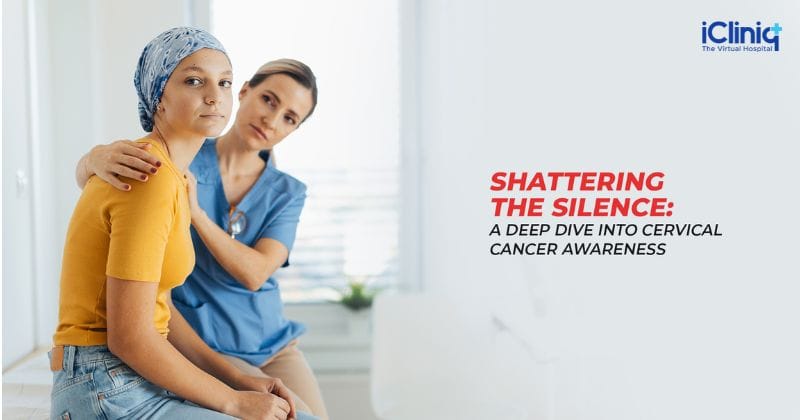Shattering the Silence: A Deep Dive into Cervical Cancer Awareness

Cervical cancer operates stealthily, often without noticeable symptoms in its early stages. High-risk HPV quietly affects cervical cells, evading the immune system and exploiting the cervix's lack of pain receptors. Symptoms like abnormal bleeding or pelvic pain only manifest in advanced stages. Are regular screenings, like Pap smears and HPV tests, our best defense against this silent threat?
1. Decoding the Silence
Cervical cancer is frequently asymptomatic in its early stages, showing no overt symptoms. The lack of noticeable warning signs emphasizes the crucial role of regular screenings as a preemptive strategy. It is imperative to destigmatize cervical cancer by educating individuals on risk factors, screening options, and vaccination strategies. Empowering people with this knowledge enables proactive measures against a disease that is frequently treatable and preventable.
2. Unveiling the Culprit
HPV emerges as the chief culprit in the majority of cervical cancer cases, with high-risk strains being the primary cause and linked to other cancers. The advent of HPV vaccines has shifted the narrative, empowering us to control this formidable adversary. Vaccination against high-risk HPV types substantially diminishes the risk of associated cancers, showcasing HPV's potential as an ally in prevention efforts. Navigating its dual nature is crucial for understanding and managing its impact on public health.
3. The Pap Smear Revolution
Transforming cervical cancer screening, the Pap smear has played a pivotal role in early detection and prompt treatment. Worldwide, it has significantly reduced both the incidence and mortality rates of cervical cancer, serving as an accessible and reliable screening technique. Routine Pap smears are essential for women's health, offering access to early intervention and treatment.
4. Dispelling Stigma for Early Prevention
Eliminating the stigma around cervical cancer is crucial for fostering open communication and early detection. By dispelling myths, breaking social taboos, and promoting routine screenings, individuals can prioritize their reproductive health without guilt or fear. Creating a supportive environment is essential, saving lives through early intervention and education. This involves supporting awareness campaigns that emphasize the importance of vaccination, screenings, and destigmatizing conversations about cervical health.
5. Unlocking Wellness
Proactive measures are crucial for cervical cancer prevention. Persistent high-risk HPV infection is a primary concern, highlighting the importance of regular screenings like Pap smears. Early HPV vaccination, especially before the first sexual encounter, is crucial. Managing risk factors such as smoking and maintaining a healthy lifestyle further reduces the chances of cervical cancer. Emphasizing vaccination, screenings, and a healthy lifestyle is pivotal for safeguarding women's health.
6. Empowering Partnerships
While cervical cancer primarily impacts women, men can actively contribute by promoting awareness, supporting preventive measures, and urging their female partners to undergo regular screenings and vaccinations. A collaborative approach enhances community engagement, empowering men as proactive advocates. Encouraging open communication about prevention and early detection fosters a more informed and supportive society in the fight against this preventable disease.





